Every business needs to keep its workers safe, protect its stuff, and keep running without problems. fire safety audit checklist for industry is very important in this because it does more than just protect buildings. In places like chemical plants and factories, being ahead of the game in fire safety is a must.
A robust fire safety audit ensures that all aspects of a company’s fire safety plan are up to code and capable of responding effectively in the event of a conflagration. In this extensive guide, we explore the complexities of fire safety in the industrial sphere and provide an in-depth fire safety audit checklist to help you fortify your fire mitigation efforts.
Introduction to Fire Safety Audits checklist for industry
Fire safety audits are careful checks to see how ready a place is to prevent, deal with, and recover from fires. They help find fire risks, check if safety steps already in place work well, and make sure everything follows safety rules.
A fire safety audit has two main goals: to check if the current fire safety methods are good enough and to improve the safety rules in the organization. By doing these audits regularly, businesses can find possible dangers early on and make plans to get rid of them or reduce their impact.
Importance of Fire Safety in Industrial Settings
Fire safety is super important in factories and workplaces. It’s more complicated than at home because there’s special equipment, things that can catch fire easily, and usually lots of people around.
After a fire at an industrial place, there can be a lot of costs and legal problems if it was caused by carelessness. Also, it can really affect the workers’ feelings and mind, making them less happy and less productive.
To reduce these dangers, it’s crucial to have a detailed fire safety plan. This plan should cover how to respond quickly to a fire, how to get ready for one, how to recover afterwards, and how to keep the business running.
Regulatory Compliance Requirements
Following fire safety rules is a must by law in many places. Organizations like OSHA in the US and HSE in the UK make strict rules for keeping workplaces safe from fires.
Learn about the fire safety rules for your type of business and where you are. These rules usually explain how to do fire safety checks, keep fire safety equipment working, and teach workers about fire safety.
Preparing for a Fire Safety Audit
Preparation is key to a good fire safety check. It involves important steps to make sure the check is done well and works.
Establishing an Audit Team
An audit team should include people with different skills in fire safety, like engineers, safety managers, and lawyers. Their combined abilities are very important for checking all the different parts of an industrial place.
Conducting Risk Assessments
Risk assessments are crucial for spotting possible fire dangers in the facility. This process looks at the materials used, what the company does, and the environment inside and outside the work area.
Fire Prevention Measures
Fire prevention is very important. Keeping a clean work area, storing flammable things safely, and checking equipment often can really help lower the chance of fires starting.
Structural Fire Protection Systems
Fire safety systems, like fire-resistant walls, fire doors, and materials that stop fires, are key parts of keeping buildings safe from fires. It’s very important to have these systems set up and kept in good condition to keep fires from spreading.
Electrical Safety Measures
Electrical problems often lead to fires in factories. It’s very important to keep electrical systems safe. Checking wires regularly, using devices that protect circuits, and teaching workers about electrical safety are important steps to take.
Hazardous Material Handling
When managing facilities that deal with hazardous materials, strict adherence to regulations governing their storage, handling, and usage is imperative. Given their unique combustion characteristics, these materials can present distinct challenges in the event of a fire. Consequently, their meticulous management should be a central aspect of your fire safety evaluation.
Emergency Response Planning and Training
Crafting a detailed emergency response strategy and thoroughly training employees for its execution stand as fundamental components of a fire safety evaluation. Conducting simulations and drills is crucial to assess the workforce’s preparedness to act swiftly and appropriately in case of a fire.
Developing Evacuation Procedures
Evacuation procedures should be clear, well-communicated, and regularly practiced. They must also account for the different roles and responsibilities of personnel during the evacuation.
Training Employees
Training employees in fire safety is a must. They need to learn how to use fire extinguishers, how to evacuate safely, and how to turn off important equipment.
Testing Fire Suppression Equipment
It’s very important to regularly check and fix fire fighting equipment like sprinklers. If they don’t work right, it could cause big problems.
Inspection and Maintenance of Fire Safety Equipment
Regular checks and upkeep of fire safety gear like fire extinguishers, smoke alarms, and emergency lights make sure they work if there’s a fire.
Fire Extinguishers
It’s important to have fire extinguishers in key places. They need to be checked regularly to make sure they’re ready to use according to what the maker says.
Smoke Detectors
Smoke detectors serve as early warning systems. Regular checks on battery life or electrical connections are vital to their efficacy in detecting smoke.
Sprinkler Systems
Check sprinkler systems regularly to make sure they work during a fire. Also, keep them clean and clear of blockages.
Record-Keeping and Documentation
Keeping accurate and current records is key to a good fire safety plan. They help show how well the facility has managed fire safety over time and prove that it meets safety rules during checks.
Maintaining Audit Logs
Keep a detailed record of every fire safety check, noting what was seen, the fixes made, and who did them.
Documenting Corrective Actions
Write down all the steps you’ve taken to fix past problems found during checks. This shows that your organization is always working to get better at fire safety.
Conducting the Fire Safety Audit
The fire safety check is a careful review done fairly and thoroughly. It has different steps that need to be followed in order to check everything properly.
Audit Process Overview
Start by giving the audit team a detailed explanation of the facility and how it works. Talk about what the audit aims to do, how you’ll check if things are following the rules, and when you plan to finish it.
Identifying Non-Conformities
Conduct a thorough inspection of the entire facility, paying close attention to deviations from fire safety standards and best practices. This involves identifying issues ranging from obstructed fire exits to the lack of fire-resistant materials in crucial zones.
Post-Audit Actions and Improvement
After the audit, the most important step is to fix the problems found and make the building’s fire safety better.
Addressing Audit Findings
Put the audit findings in order of importance based on how serious and risky they are, and make a plan to fix each one. It’s very important to quickly and effectively deal with the most serious findings.
Implementing Corrective Measures
Take the needed steps to fix things. This could mean making new rules, improving buildings or systems, giving more training, or starting to use new tech.
Case Studies: Effective Fire Safety Practices
To make your checklist clearer, add examples or stories of groups that have done well with fire safety. These can help and inspire your readers.
Conclusion: Upholding Fire Safety Standards
- Containment Systems: Ensure fire containment systems are well-maintained.
- Electrical Safety: Conduct regular inspections of electrical systems and train employees on electrical safety.
- Handle Hazardous Materials Properly: Follow strict protocols for the storage, handling, and use of hazardous materials.
- Emergency Response Training: Develop and train employees in a comprehensive emergency response plan.
- Evacuation Procedures: Establish clear evacuation procedures and practice them regularly.
- Fire Safety Training for Employees: Provide thorough training on the use of fire extinguishers, evacuation techniques, and equipment shutdown procedures.
- Test Fire Suppression Systems: Regularly test and maintain sprinklers and other fire suppression mechanisms.
- Inspect and Maintain Fire Safety Equipment: Regularly check fire extinguishers, smoke detectors, and emergency lighting systems.
- Smoke Detector Maintenance: Ensure smoke detectors are functional through regular testing.
- Sprinkler System Checks: Perform regular maintenance and testing on sprinkler systems.
- Documentation: Keep accurate records of fire safety audits, equipment maintenance, and training activities.
- Audit Log Maintenance: Maintain detailed audit logs with observations and corrective actions.
- Corrective Action Documentation: Record all corrective actions taken in response to audit findings.
- Audit Overview: Provide audit teams with a comprehensive facility overview and audit objectives.
- Identify Non-Conformities: Inspect the facility for non-conformities with fire safety standards.
- Address Audit Findings: Prioritize and address audit findings effectively and promptly.
- Corrective Measures Implementation: Implement necessary policy, training, or technology improvements.
- Incorporate Case Studies: Include successful case studies of effective fire safety practices.
Keeping up with fire safety in places like factories is a team job that never stops. Doing regular fire safety checks with a list helps make sure your place is ready for any surprises. By carefully looking at everything related to fire safety, you can better protect against fire dangers.
Remember, the main goal of a fire safety audit is to keep people and things in your organization safe, not just to follow rules. By following the steps in this checklist, you show your workers and people involved with your business that you care about their safety and well-being

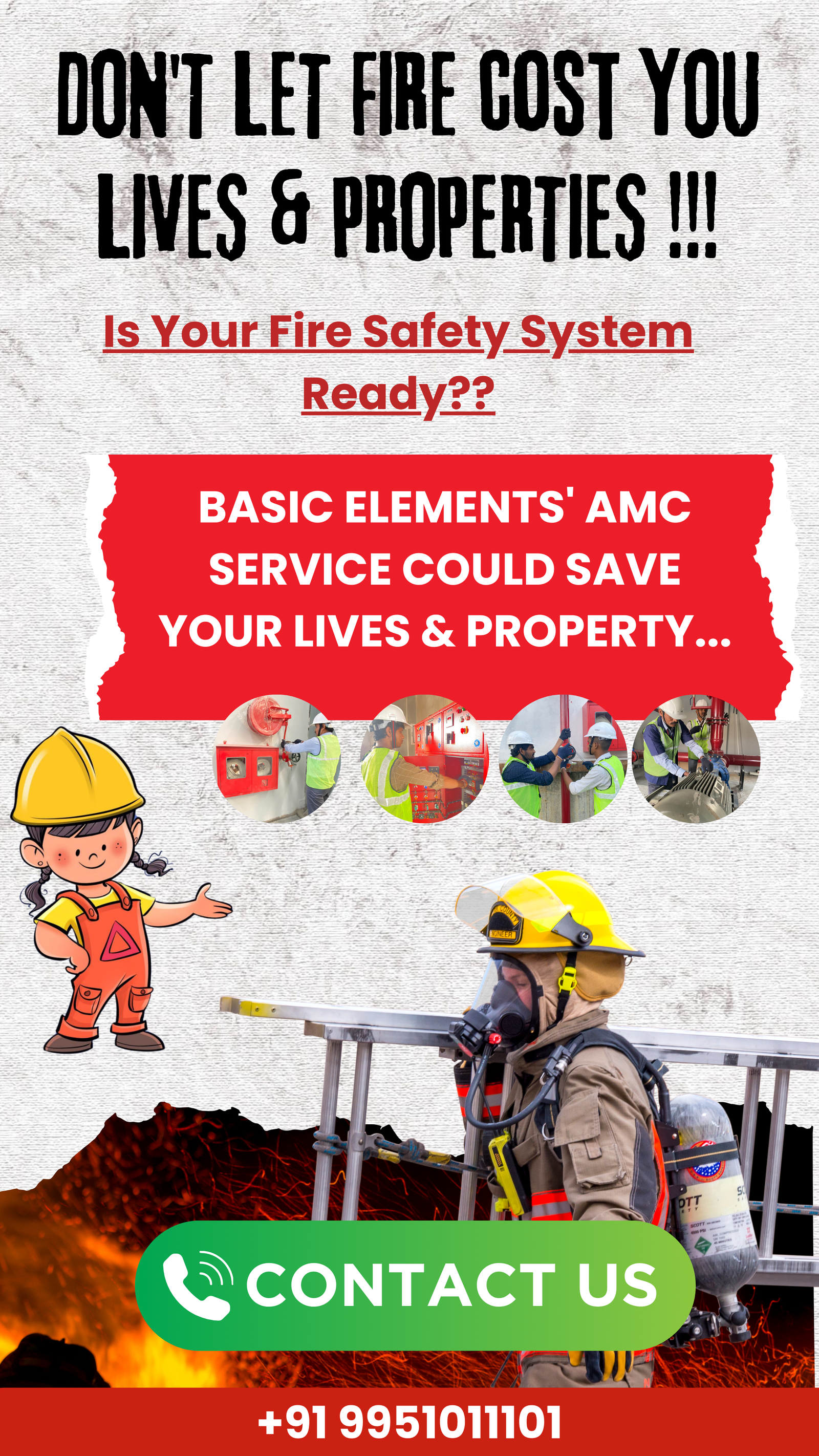

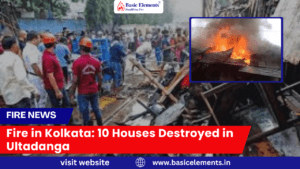

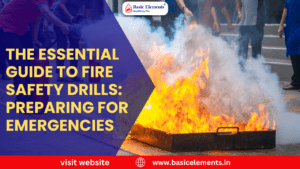
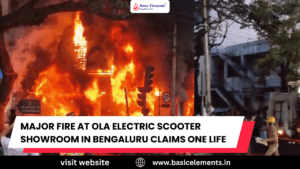
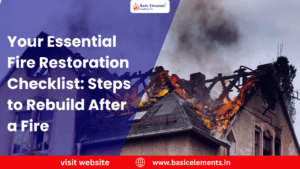
Comments are closed.